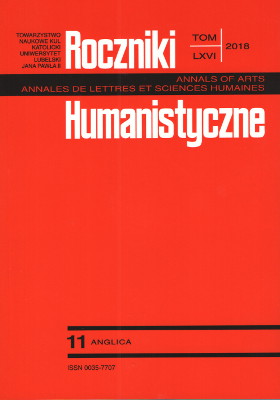Sound Symbolism and Meaning Patterns: The Case of Hungarian Verbs
Sound Symbolism and Meaning Patterns: The Case of Hungarian Verbs
Author(s): Hajnalka DiménySubject(s): Language studies, Language and Literature Studies, Finno-Ugrian studies
Published by: Towarzystwo Naukowe KUL & Katolicki Uniwersytet Lubelski Jana Pawła II
Keywords: sound symbolism; sound schema; meaning patterns; intensity; number of syllables
Summary/Abstract: “Onomatopoeic formations are never organic elements of a linguistic system,” appears in Saussure’s General linguistics, “besides, their number is much smaller than is generally supposed”, he adds (Saussure 1959, 69). Consequently, these linguistic elements have been neglected ever since then in linguistic studies. In my paper, I would like to show that these elements can lead us to detecting basic linguistic phenomena that have not been studied yet, and to present an approach to a linguistic system that does not exclude onomatopoeic formations, but is based on them.The starting point of my research was the large number of Hungarian verbs with an expressive sonority and meaning. In the case of the onomatopoeic verbs we can see a similarity between meaning and form, but not in the case of other verbs whose sound form is expressive and motivated, but the motivation can only be perceived in the light of other verbs with similar sound form and meaning. Since the beginning of the 20th century, Hungarian grammars have referred to these two groups of verbs as differing, but related to each other. However, the relation between sound form and meaning in the two cases differs, and their place in the grammatical system is still unsettled.It is mainly these verbs that are impossible to fit into the traditional morphologies of language, though not only. If we take on a different approach then the traditional one, we can see that the grammar systems prevailing, are by far not the only ones that seem suitable. I will present correlations between elements of the verb structure like the number of syllables, word-ending, sound structure and word meaning, based on a study of Hungarian verbs. These principles only fit into another kind of morphology than the traditional ones, similarly to the verbs that they are based upon.
Journal: Roczniki Humanistyczne
- Issue Year: 66/2018
- Issue No: 11
- Page Range: 47-57
- Page Count: 11
- Language: English

